Increasing Urbanization
The trend of increasing urbanization appears to be a significant driver for the Mini Excavators Market. As urban areas expand, the demand for construction and infrastructure development rises. Mini excavators, known for their compact size and versatility, are particularly suited for urban environments where space is limited. This trend is reflected in the construction sector, which has seen a steady growth rate of approximately 4.5% annually. The Mini Excavators Market is likely to benefit from this urban expansion, as more projects require efficient machinery that can navigate tight spaces while delivering high performance.
Technological Innovations
Technological innovations in the Mini Excavators Market indicate a shift towards more efficient and user-friendly machinery. Advancements such as telematics, improved hydraulic systems, and enhanced fuel efficiency are becoming increasingly prevalent. These innovations not only improve operational efficiency but also reduce environmental impact, aligning with the growing emphasis on sustainability. The introduction of electric mini excavators is a notable example, as they offer reduced emissions and lower operating costs. As technology continues to evolve, the Mini Excavators Market is likely to experience increased demand for these advanced machines.
Shift Towards Rental Services
The shift towards rental services in the construction equipment sector seems to be influencing the Mini Excavators Market positively. Many construction companies are opting to rent rather than purchase equipment, as this approach reduces capital expenditure and maintenance costs. The rental market for construction equipment has been growing steadily, with projections suggesting a compound annual growth rate of approximately 6%. This trend is particularly beneficial for the Mini Excavators Market, as these machines are often in high demand for short-term projects, making them ideal candidates for rental services.
Infrastructure Development Initiatives
Infrastructure development initiatives undertaken by various governments seem to be a crucial factor propelling the Mini Excavators Market. With many countries focusing on enhancing their infrastructure, including roads, bridges, and public transport systems, the demand for construction equipment is expected to surge. For instance, investments in infrastructure projects have been projected to reach trillions of dollars over the next decade. This influx of capital is likely to stimulate the Mini Excavators Market, as these machines are essential for executing various tasks in construction and maintenance.
Rising Demand in Landscaping and Agriculture
The rising demand for mini excavators in landscaping and agriculture appears to be a notable driver for the Mini Excavators Market. As more homeowners and businesses invest in landscaping projects, the need for compact and efficient machinery grows. Additionally, the agricultural sector is increasingly adopting mini excavators for tasks such as land preparation and irrigation system installation. This trend is supported by data indicating that the landscaping services market has been expanding at a rate of around 5% annually. Consequently, the Mini Excavators Market is poised to benefit from this growing demand across various sectors.


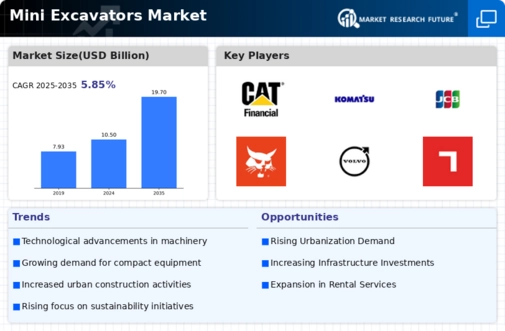
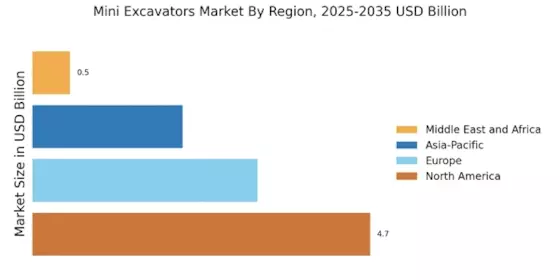

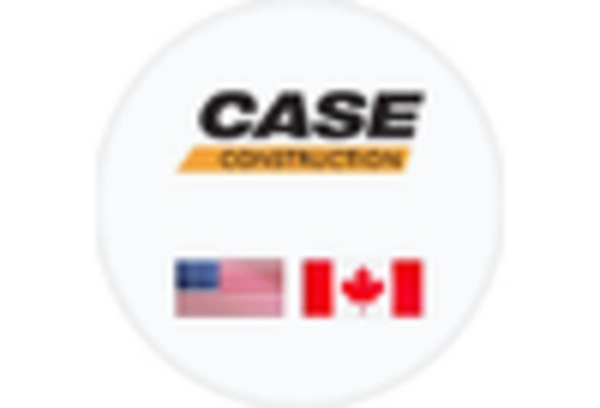
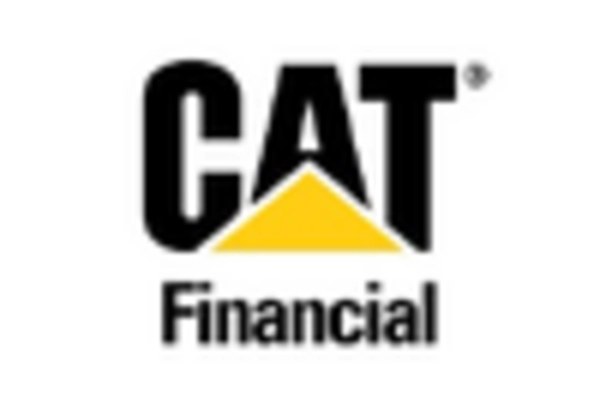

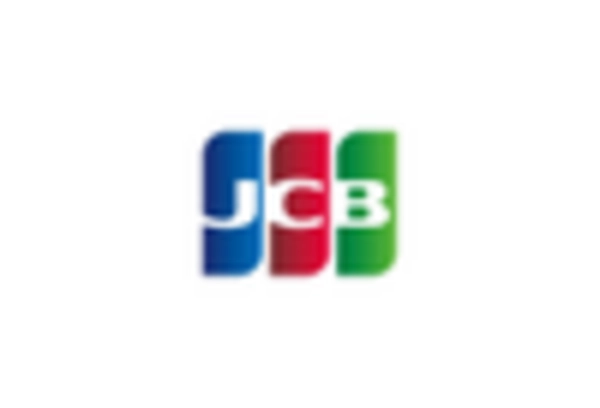
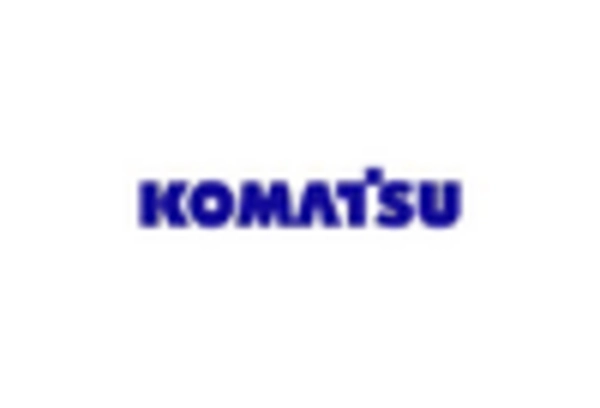








Leave a Comment